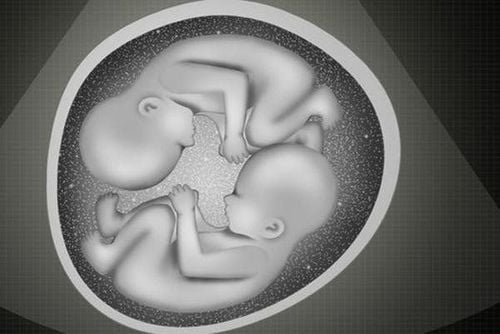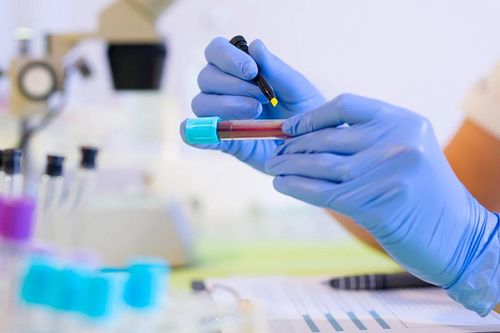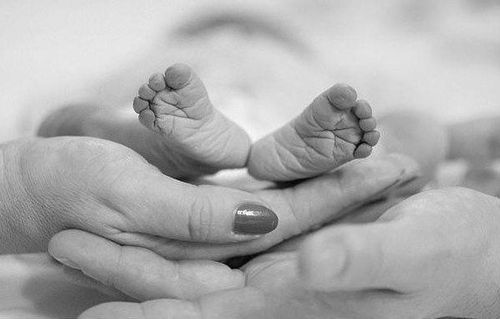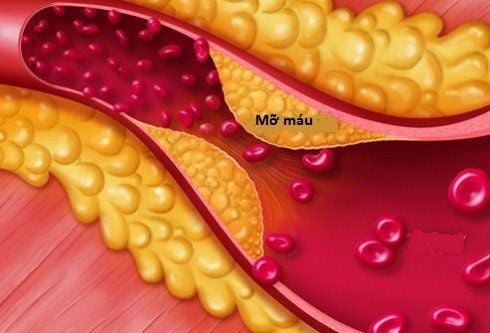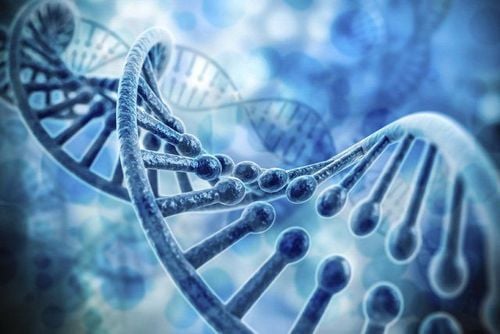This is an automatically translated article.
Article by Dr. Ha Thi Lien - Medical Genetics Division, Vinmec High-Tech Center.
For the majority of chromosomes, the genetic syndrome uniparental disomy (UPD) occurs without serious clinical consequences. However, for genetically imprinted chromosomes, the expression of some imprinted genes from the parents differently in the case of UPD can lead to the expression of some genetic syndromes.
1.Introduction
In 1980, Eric Engel first introduced the concept of genetic uniparental disomy. Normally in a homologous pair of chromosomes, one is derived from the father and the other is from the mother. In Uniparental disomy (UPD), both chromosomes in the homozygous pair are derived from either the father or the mother only. In 1988, the first medical case associated with UPD was reported, the baby was diagnosed with cystic fibrosis (MIM 219700). The special thing is that both pathological variants on the baby's CFTR gene are derived from the mother without the presence of any paternal allele.
For the majority of chromosomes, UPD occurs without major clinical consequences. However, for chromosomes bearing genetic imprints: 6, 7, 11, 14, 15 and 20, the expression of some genes bearing the genetic imprint from the father and mother is different in the case of UPD which can lead to manifests several genetic syndromes such as Prader-Willi and Angelman (UPD occurs on chromosome 15). Furthermore, UPD can lead to homozygous recessive formation in the causative gene without regard to the genetic marker, or if UPD is on the X chromosome it can lead to X-linked diseases in women. . It is very rare that both sex chromosomes are inherited from the father, if this happens, it can result in the transmission of X-linked diseases to the son.
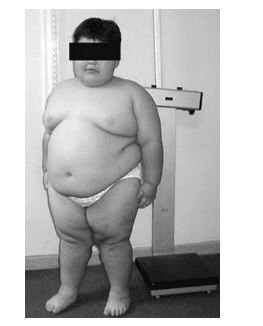
Trẻ mắc hội chứng Parder Willi do UPD xảy ra ở nhiễm sắc thể 15
2. Mechanism and consequences of UPD
The first cause of UPD is that the chromosomes do not segregate during meiosis, the second is due to the nondisjunction that occurs during mitosis. If no segregation occurs during meiosis I, a gamete with homologous chromosomes will be produced from either the father or the mother, in this case a heterodisomy. If nondisjunction of two sister chromatids occurs during meiosis II, isodisomy is formed. Gametes produced by the failure to segregate during meiosis can become disomic (gametes containing both chromosomes of the affected chromosome pair) or nullisomic (gametes with no chromosomes). in the affected chromosome pair). If these gametes continue to be fertilized with another normal gamete, a zygote with 3 chromosomes (trisomy) or only 1 chromosome (monosomy) will be formed on the chromosome that has had the mistake in it. fecal reduction. If chromosomal non-segregation occurs during mitosis after the formation of a zygote, a second event may be a mechanism for the formation of UPD called aneuploidy rescue. Damaged cells are self-repaired by the following mechanisms: loss of extra chromosomes (trisomy rescue) and multiplication of missing chromosomes (monosomy rescue).In addition, the event of anaphase lag (slow chromosome movement during anaphase leading to chromosome loss in daughter cells) may also be a self-repair mechanism of trisomy. Trisomy self-repair causes the loss of one chromosome, resulting in 2 homologous chromosomes of paternal or maternal origin only. Since chromosomal nondisjunction mainly occurs during maternal meiosis I, trisomy bodies usually consist of 2 maternal and 1 paternal chromosomes. If trisomy occurs, the father's chromosomes are lost, then there are 2 maternal chromosomes left, this case is heterodisomy of maternal origin.

Cơ chế tạo Uniparental Disomy (UPD)
If UPD is the result of monosomy, then all regions on the homologous chromosome pair are completely homozygous and no heterozygous regions are present. There are also cases of mosaic, partial UPD in the wing tips of the chromosomes that occur after zygote formation because chromatids cross over during mitosis in early embryonic development. This mechanism of UPD production is the cause of Beckwith-Wiedemann syndrome (BWS), an imprinting disorder that occurs due to altered activity of one or a few genes in a genetic cluster. imprinted on the p15.5 region of chromosome 11.
3.Frequency
As mentioned above, most UPDs do not cause special clinical consequences except for some cases where UPD occurs in chromosomes carrying the imprinting gene region. To date, there have been reports of maternal UPD occurring on chromosomes 7, 11, 14, 15, 20 and paternal UPD occurring on chromosomes 11, 14, 15, 20. For chromosomes 2 and 16, there is still debate about the clinical consequences of UPD occurring on these 2 chromosomes.
The ratio of UPD leading to syndromes inherited by imprinting (imprinting genes) or due to a combination of recessive genes causing pathology is 1:3500 to 1:5000.
According to data from the biological company 23andMe and the Nordic and British Biobanks, the frequency of UPD in all chromosomes (not just those with genetic markers) is about 1:2000.
Vinmec International General Hospital is the address for examination, treatment and prevention of diseases. When performing the examination process at Vinmec, customers will be welcomed and used modern facilities and equipment along with perfect medical services under the guidance and advice of experts. Good doctors, well-trained both at home and abroad.
Please dial HOTLINE for more information or register for an appointment HERE. Download MyVinmec app to make appointments faster and to manage your bookings easily.




